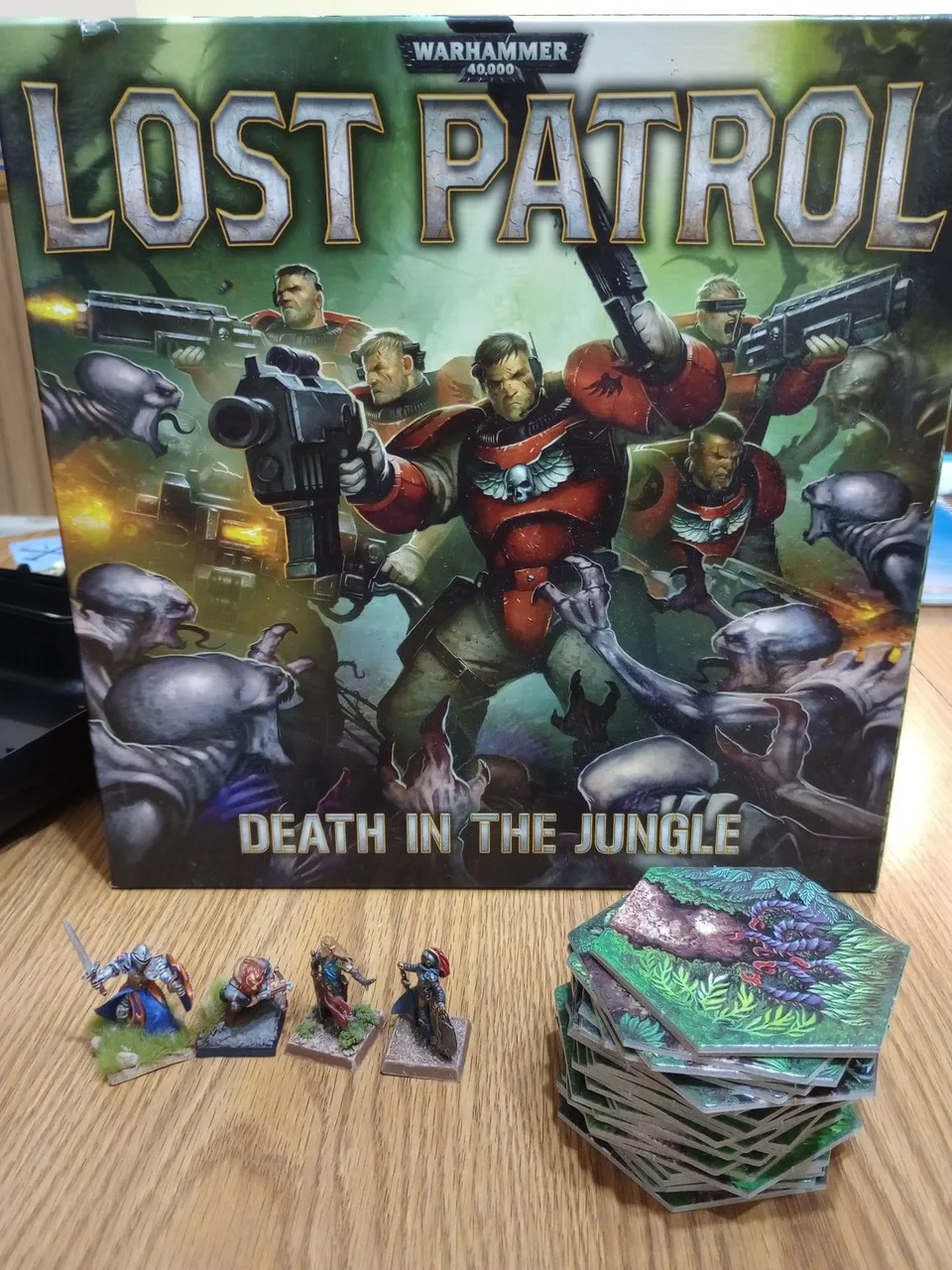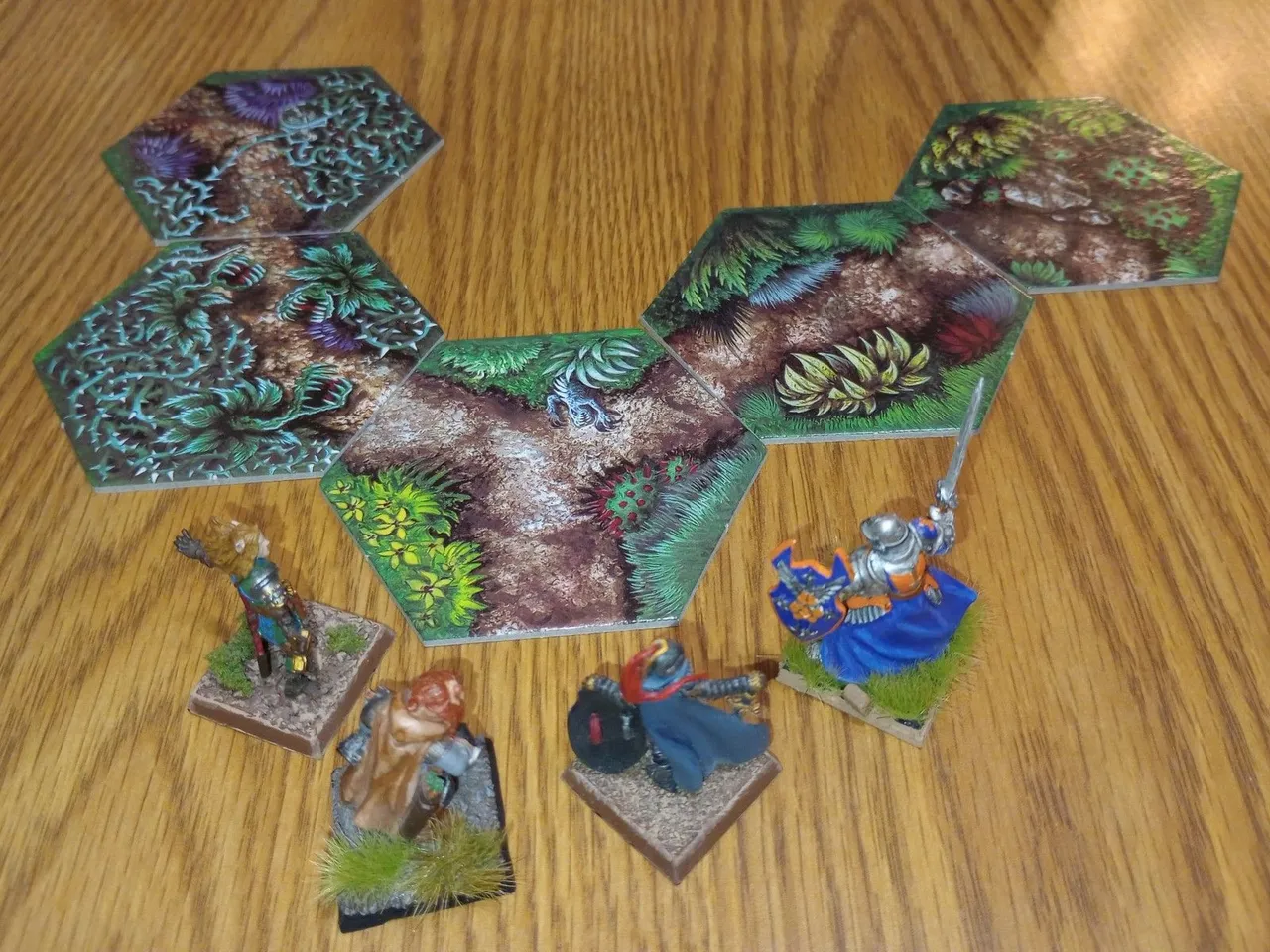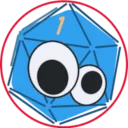Lost Patrol is a board game set in the Warhammer 40,000 (or 40K) universe. This post isn't about that game. I borrowed its mechanics for the last library Dungeons & Dragons adventure, though!

I'll be using some miniatures from my collection to demonstrate how it worked. See that tile at the top of the stack? It looks like a great combat destination. I'll set that aside and choose a Y tile, and then add some paths as far as the player characters (PCs) can see.

I contend the best way to allow a story to develop is to provide players with choices. Sometimes there are good or bad consequences. Whether in Lost Patrol of 40K or the Feywild of Dungeons & Dragons, nothing is as it seems, and the paths can shift unexpectedly. These tiles often have art that helps inspire a narrative, too.

Suppose our PCs make the cardinal mistake of exploring a dungeon or other maze and split the party. At the top left, we have a tangle of vines. This could mean a skill check to avoid thorns, or a delay as they hack through when time is of the essence. However, on the right, we have a dead end at the den of something nasty. Roll for initiative! But wait... I also started picking up the tiles behind the PCs as they moved through the jungle. Can they rejoin at all?

In my game, the players didn't split, but the realization that the path was vanishing behind them created a great cliffhanger after they succeeded in their rescue mission. You wouldn't need to buy Lost Patrol, but you could make square or hex tiles of your own for this kind of living maze and procedural generation of an environment. Is the wizard's tower always shifting around? Does the forest thwart any who explore it? Why won't the alien space ship fit Euclidean geometry? Story opportunities abound if you want to create a unique challenge! How would you make this kind of adventure fit your game?
